The Italian American Veterans Museum features a wealth of side exhibits that span World War I to the present and cover a wide range of military topics. Here is a small sample of our diverse offerings:
Women at War
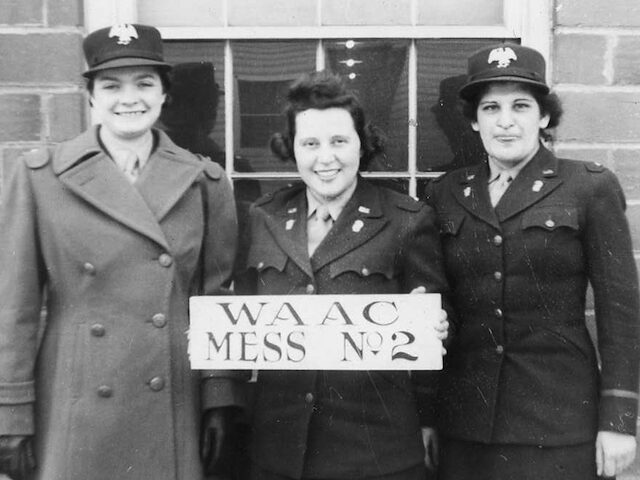
Though limited numbers of women served in the military in previous conflicts, it wasn’t until World War II that they served in large numbers and in capacities other than nurses.
Women didn’t fulfill combat roles during World War II, but they performed crucial and often hazardous jobs both stateside and overseas so that men could be freed to fight. Some 500 women lost their lives as a result of their military service during World War II, with 16 of them being killed by direct enemy fire.
Each branch of the service had its women’s division, including:
- The Women’s Army Corps, or WACs (They were formerly known as the Women’s Army Auxiliary Corps);
- The Navy’s Women Accepted for Volunteer Emergency Service, or WAVES;
- Army and Navy nurses, who were commissioned as officers in their respective Nurse Corps;
- The Marine Corps Women’s Reserve;
- The women of the Coast Guard, who were known as SPARs, which stood for Semper Paratus — Always Ready.
Madeline Palucci (center) served as an officer in the Women’s Army Corps.
The Art of War

The steel sculpture in our small but moving art gallery was donated by Bill and Greg Frabotta. A Chicago-born Vietnam veteran who now lives in Oklahoma, Bill creates art to help heal the psychological and physical wounds of war. His work focuses on how something that comes from the earth and from God can cause both destruction and good.
“Much of my work for the National Vietnam Veterans Art Museum has revolved around steel as a source of death and destruction, but with this sculpture I said to my brother, ‘Let’s look at the more positive side of what comes out of the ground. Let’s make an artifact that inspires prayer and makes us think of something besides war.’”
The Great War
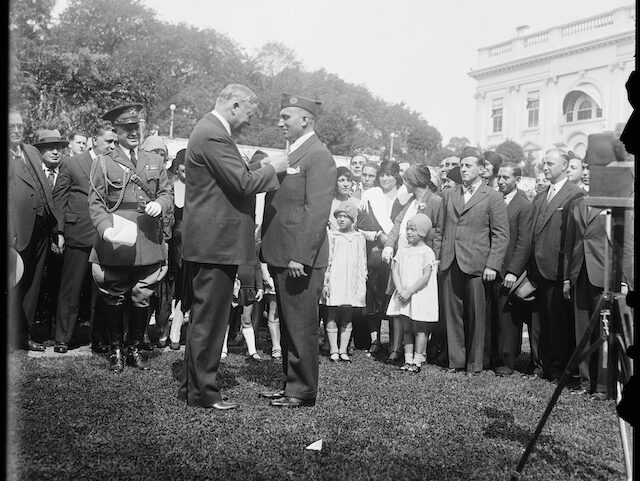
Though there are no official figures regarding the national origins of the Americans who served during the First World War, according to George Creel, who was in charge of propaganda during the conflict, “The Italians in the United States are about 4 percent of the whole population, but the list of casualties show a full 10 percent of Italian names.” More than 400,000 served in the Army alone.
Many Italian immigrants to America at the time saw military service as a fast track to citizenship, choosing to risk life and limb to secure their status in their new homeland. In 1915, Michael Valente was among countless emigrants from Italy to the United States, and by 1918, he was a full citizen earning America’s top military honor. Valente received his Medal of Honor from President Herbert Hoover on the White House lawn nearly 11 years to the day after he earned it.
On a Wing and a Prayer
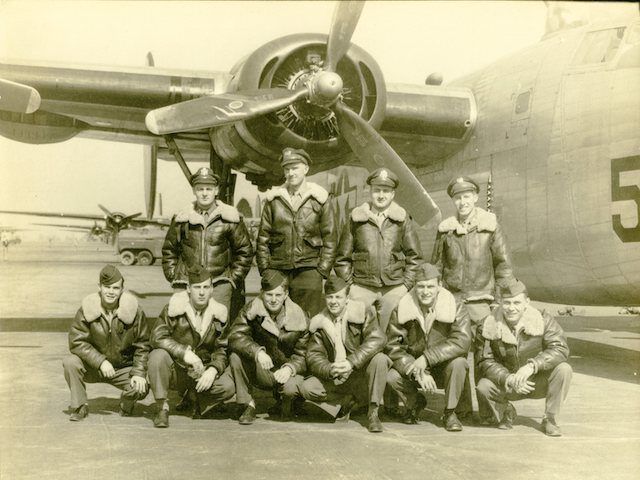
The United States Army Air Forces was the military aviation arm of the United States of America during and immediately after World War II. The direct precursor of the United States Air Force, its peak size was more than 2.4 million men and women in service and nearly 80,000 aircraft in 1944, with 783 domestic bases in December 1943.
As a tail gunner on a B-24 bomber, Charles C. Porcelli sat in one of the riskiest seats in the United States Air Corps, but he never bemoaned his fate. Instead, he availed himself of the GI Bill after the war to earn undergraduate and law degrees, and went on to become president of the Joint Civic Committee of Italian Americans and the Justinian Society of Lawyers, respectively, as well as a founding member and commander of the Filippo Mazzei Post #1 of the Italian American War Veterans. “My grandpa worked the railroads, and my dad was one of six kids growing up in a two-bedroom house. No way was he going to be able to afford to go to college,” his son Chuck shares. “The GI Bill put him through school and set him on the path to greatness.”
Tip of the Spear
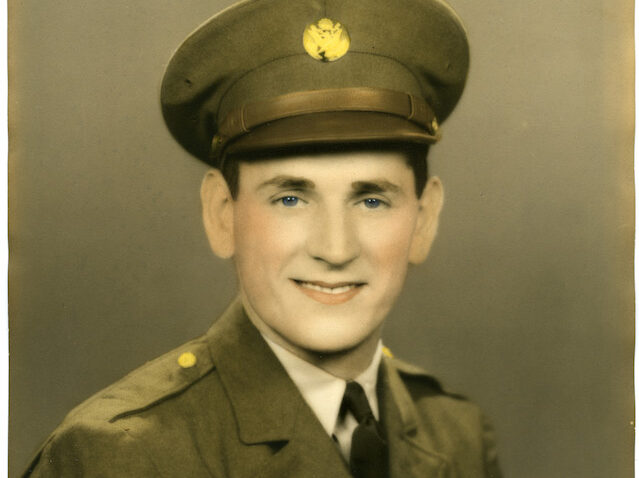
The 3rd Armored Division was nicknamed the “Spearhead” because it led the U.S. Army’s advance across Europe. At the tip of the Spearhead was the 83rd Armored Recon Battalion. Sergeant Lawrence Maffia was a member of that battalion.
In less than a year, they drove relentlessly across Europe. Along the way members of the battalion earned five battle stars and suffered greater than 100 percent casualties, with the dead and wounded being replaced by fresh troops. Among those casualties was Maffia.
A crew member and radio operator in an M-6 armored scout car, he made it all the way to Wolfen, Germany, when he was struck by German artillery fire. He survived lived to the ripe old age of 91, carrying shrapnel from that exploding shell in him to his grave.
The Paper Trail
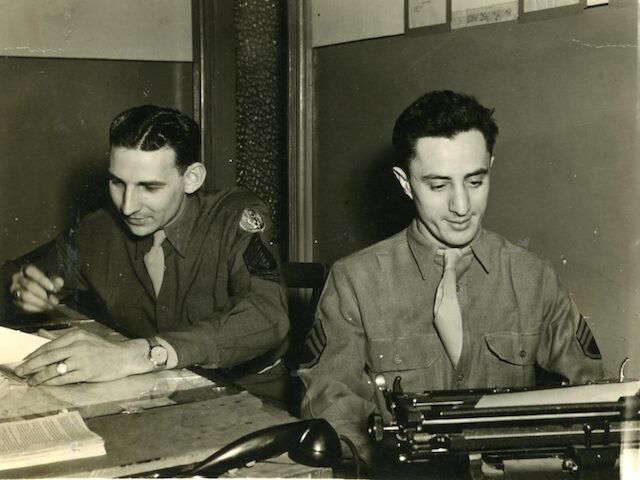
If you piled high all of the ships, planes, guns, equipment, ammunition and other materiel produced during wartime, then assembled right next to it the mountain of paperwork that was generated, it’s hard to say which would reach closer to heaven.
From the moment you enter the military to the moment you’re discharged and beyond, a trail of paper follows you wherever you go. Mario Avignone should know. As a company clerk for the U.S. Army Air Forces during World War II, he generated more than his share. He also hung on to quite a bit of it along the way.
Avignone was so familiar with the various document formats that he was able to create a birth announcement for his son that was a dead ringer for a military extract. When you visit our museum, we invite you to find that odd bit of unofficial memorabilia in the exhibit to your left as you enter the door.
For more moving, personal tales of Italian-American heroism, call 708-338-0690 to make an appointment to visit our museum.


0 comments on “Side Exhibits”